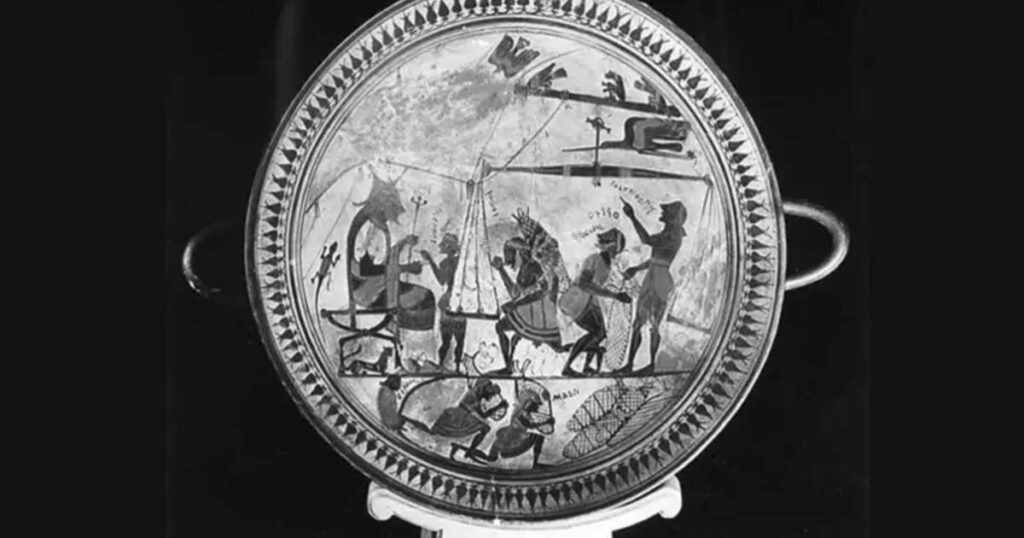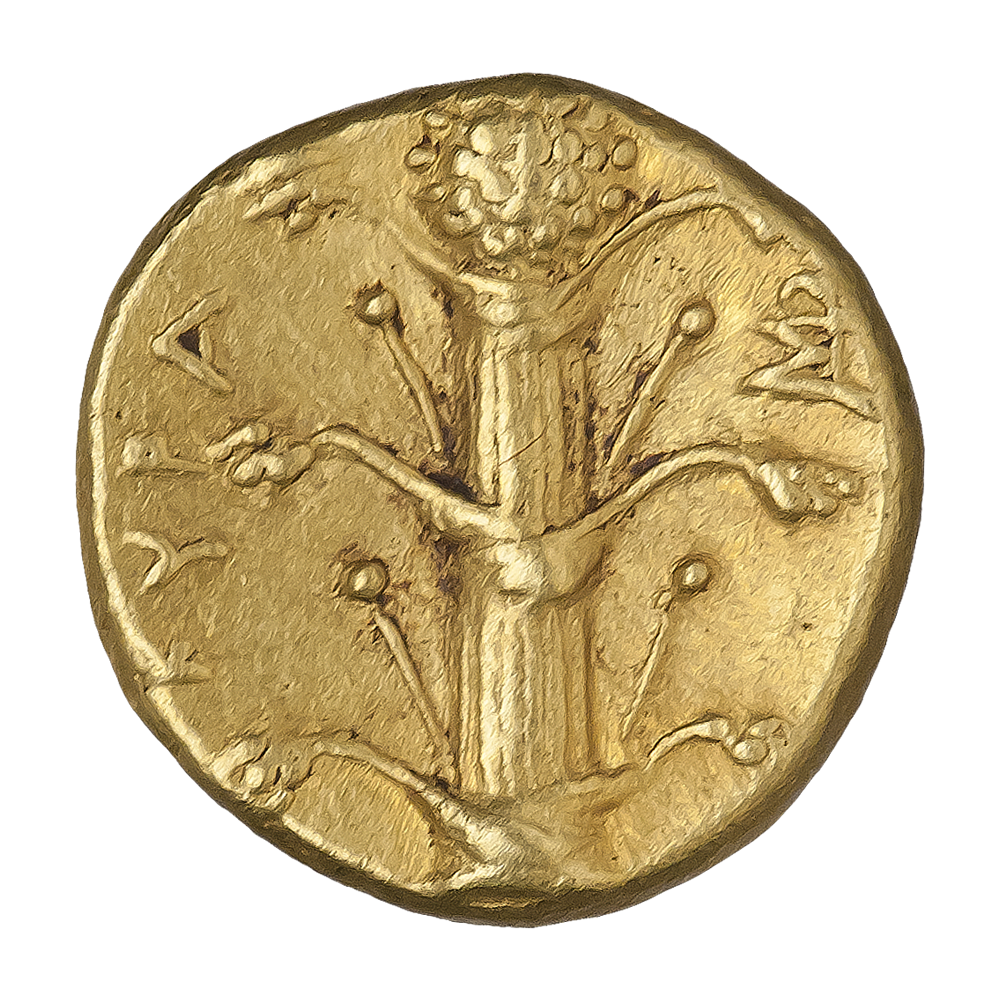The ancient Romans were a civilization known for their advances in various fields, including medicine. One particular plant that captivated their attention was Silphium, a wonder drug hailed for its supposed miraculous properties. Silphium was highly valued for its many uses, from culinary to medicinal, but to this day, the exact identity of this plant remains a mystery. There are theories as to what it might have been, however, it is difficult to determine whether or not those theories hold any truth. While it is believed to resemble Ferula communis, commonly known as giant fennel, its true nature continues to elude us. This enigmatic plant has left an indelible mark on history, fascinating scholars and historians alike. This is everything we know as of now.
What Was Silphium? Lost Wonder Drug of the Romans
Silphium was primarily grown in the ancient North African city of Cyrene, located in modern-day Libya. The city prospered due to the trade of this valuable plant across the Mediterranean, making Silphium an integral part of the Roman economy. It became so famous that it featured prominently on Cyrene’s currency, further emphasizing the cultural significance of this extraordinary plant. The plant was used in a number of ways. The fruit, which resembled a large fennel bulb, was pickled and eaten as a condiment or spice. It was also ground into a paste that could be applied to wounds as an antibiotic, preventing infection and promoting healing. (1)

Medicinal Uses
The therapeutic uses of Silphium were numerous and varied. It was believed to possess powerful medicinal properties, relieving ailments ranging from digestive disorders to respiratory problems. Silphium was also known for its contraceptive qualities, making it a popular herb among Roman women. It was even rumored to be so effective that it became synonymous with birth control, as pieces of the plant’s seed pod were shaped like a heart, further deepening its connection to love and sexuality. Women would grind up the heart-shaped parts of the plant and drink it as a tonic to prevent pregnancy. (2, 3)
Other medicinal uses of Silphium included treating digestive problems, respiratory ailments, and eye infections. The plant’s use was not limited to humans; it was also given to livestock as a remedy for various ailments. It is believed that the plant’s popularity was partially due to its unique taste and texture. The leaves were said to have a bitter, pungent flavor, while the root was prized for its medicinal uses.

Culinary Uses
The culinary applications of Silphium were equally noteworthy. Its seeds, known as laser, were highly sought after and used as a seasoning in many Roman recipes. Both the leaves and the stalks of Silphium were also edible, although they were not as popular as its seeds. Romans believed that Silphium could enhance the taste of dishes, making it a staple in their cuisine. The plant’s resin was equally valuable and used as a flavoring agent in wines and other beverages. Such was the demand for Silphium that eventually led to its depletion, contributing to its eventual disappearance from the world. (4)
Shrouded in Mystery
Despite Silphium’s remarkable qualities and widespread use, the plant’s true identity has been shrouded in mystery over the centuries. Given the plant’s consumption and cultivation, it is astounding that there is no concrete evidence remaining of its identity. Theories abound in an attempt to uncover the truth. The most common theory suggests that Silphium was a relative of the giant fennel plant (Ferula communis), which closely resembles the descriptions of Silphium provided by ancient writers. However, there is no evidence to support this claim. Other theories suggest that Silphium was a member of the parsley family (Apiaceae), the celery family (Apium), or even a species of giant fennel native to North Africa (Ferula communis). Despite the mystery surrounding Silphium’s identity, its popularity was immense. The plant was so popular that it not only became a common ingredient in Mediterranean cuisine but also an important export commodity for Cyrenaica. The city of Cyrene even minted bronze coins with images of Silphium on them as a way to advertise their trade and show off their wealth.

Today, it is believed that the plant was, in fact, not a single species but rather a genus of plants with many varieties. Some experts have suggested that the ancient descriptions of Silphium may refer to different species of plants found in North Africa and Asia Minor, such as Ferula assafoetida or Ferula tingitana. These possible substitutes for silphium have similar characteristics and uses, although they are sometimes considered inferior.
The search for Silphium’s true identity has been further complicated by the lack of surviving specimens or botanical records. As a result, historians can only rely on fragmentary descriptions and ancient texts to piece together an image of this elusive plant. Illustrations found on ancient coins depicting Silphium also contribute to the conjecture. Yet, despite these efforts, its identity remains speculative. (5)
The Fall of Silphium
The demise of Silphium is as intriguing as its identity. The plant’s disappearance has been attributed to a combination of overharvesting and agricultural difficulties. Silphium required specific growing conditions, and attempts to cultivate it elsewhere ultimately failed. The Greeks tried to cultivate it, however, they could not grow a plant that could then reproduce itself. Later on, the Romans’ unrelenting demand for this wonder drug led to the exhaustion of its natural habitat, eventually leading to its extinction. It is believed that the plant vanished completely by the 2nd century AD.
The loss of Silphium is deeply lamented, as it represented a significant cultural and economic loss for the Roman Empire. Its medicinal and culinary benefits were invaluable, and its scarcity only enhanced its prestige and desirability. As time passed, Silphium became the stuff of legends, its incredible properties nearly mythologized in the annals of history.
The Bottom Line
Silphium was a plant that captivated the attention of the ancient Romans due to its diverse uses and remarkable properties. From its medicinal benefits to its role in ancient Roman cuisine, Silphium left an indelible mark on the civilization. While believed to resemble the giant fennel plant, the true identity of Silphium remains elusive, a mystery that has intrigued scholars for centuries. The loss of Silphium serves as a reminder of the interplay between the natural world and human curiosity, leaving us to wonder what other wonders have been lost to time.
Sources
- “The mystery of the lost Roman herb.” BBC. Zaria Gorvett. September 2017.
- “Caesar’s favourite herb was the Viagra of ancient Rome. Until climate change killed it off.” The Guardian. James Tapper. May 15, 2022.
- “Columbia Heart Surgery.” Columbia Surgery
- “What Was Silphium? Lost Wonder Drug of the Romans.” Historic Mysteries. Lauren Dillon. June 7, 2022.
- “Theophrastus and Pliny the Elder on Silphium.” World History. Joshua J. Mark. July 12, 2023.

